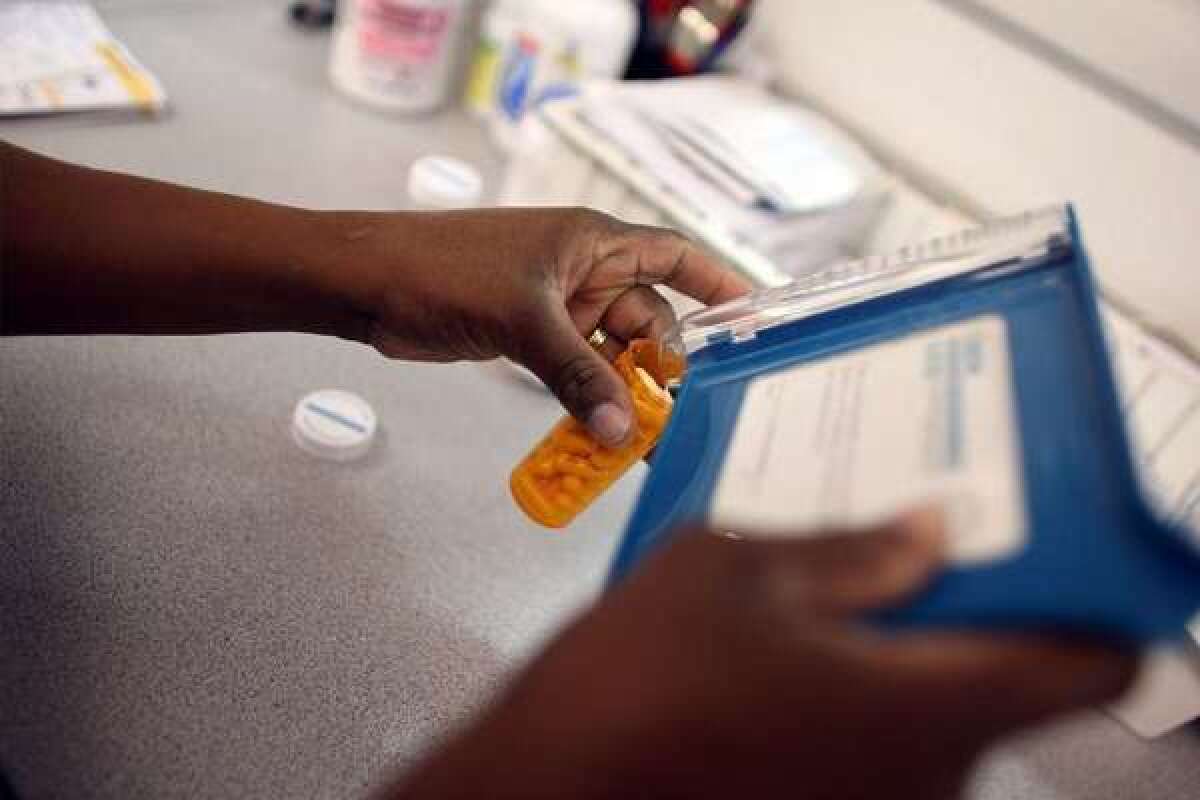Antibiotic overuse remains a problem in the U.S., researchers say

Patterns of antibiotic overuse vary in the U.S. vary by region, with residents of some Southeastern states taking about twice as many antibiotics per capita as residents in some Western states.
According to the Washington-based Center for Disease Dynamics, Economics and Policy, Kentucky, West Virginia, Tennessee, Mississippi and Louisiana were the states with the highest rates of antibiotic use in 2010. Those states had more than one antibiotic prescription per capita in 2010. The states with the lowest use of antibiotics that year were Alaska, Hawaii, California, Oregon and Washington, with just over one prescription for every two people.
Overall, the rate of antibiotic prescriptions in the U.S. declined from 966 prescriptions for each 1,000 residents in 1999 to 801 in 2010.
Public health officials worry about antibiotic overuse and misuse because they can promote the development of drug-resistant strains of bacteria that are invulnerable to medical treatment. Some worry that the U.S. may be headed to a “post-antibiotic” era, when the medicines that have worked so well to wipe out infectious disease no longer remain effective.
The new data on antibiotic use, which are available for viewing on the center’s “resistance map,” came from new analysis by the center’s Extending the Cure project, which tracks antibiotic resistance over time, incorporating data from bacterial cultures from labs nationwide as well as prescription data from U.S. pharmacies. The map allows users to examine antibiotic use and bacterial resistance on a state-by-state and microbe-by-microbe basis.
The map was unveiled Tuesday as part of Get Smart About Antibiotics Week — an annual event that focuses on antibiotic resistance. That morning, representatives from the 25 health organizations that signed on to a new policy statement regarding antibiotic overuse spoke with reporters about some of the findings, noting that infections that once were easy to treat, including urinary tract infections, are now resistant to medication.
“It’s something we see on a weekly basis in our emergency room,” said Dr. Sara Cosgrove of the Johns Hopkins Hospital in Baltimore. “We have women who need to be admitted to the hospital for a urinary tract infection. In the past we would have sent them home with a pill.”
While research is continuing on new antibiotics designed to wipe out so-called super bugs, the rate of misuse outflanks the progress of new drug development, said Ramanan Laxminarayan, director of Extending the Cure.
“It cannot keep up,” he said, recommending that doctors and patients take precautions to prevent antibiotic overuse, including by encouraging hand washing and flu vaccination (which, by preventing infection with the influenza virus, reduces the number of secondary bacterial infections.)
One factor the experts did not address in great detail were efforts to cut the use of antibiotics in U.S. livestock, a widespread practice that promotes animal growth but also contributes to drug resistance.
On Monday, Consumers Union, publisher of Consumer Reports, called for a “major reduction in the use of antibiotics in food animal production.” About 80% of all antibiotics sold in the U.S. are used on food animals, the consumer group said. It also reported that earlier this year, the U.S. Food and Drug Administration asked livestock growers to voluntarily cut antibiotic use in animals to promote growth.




